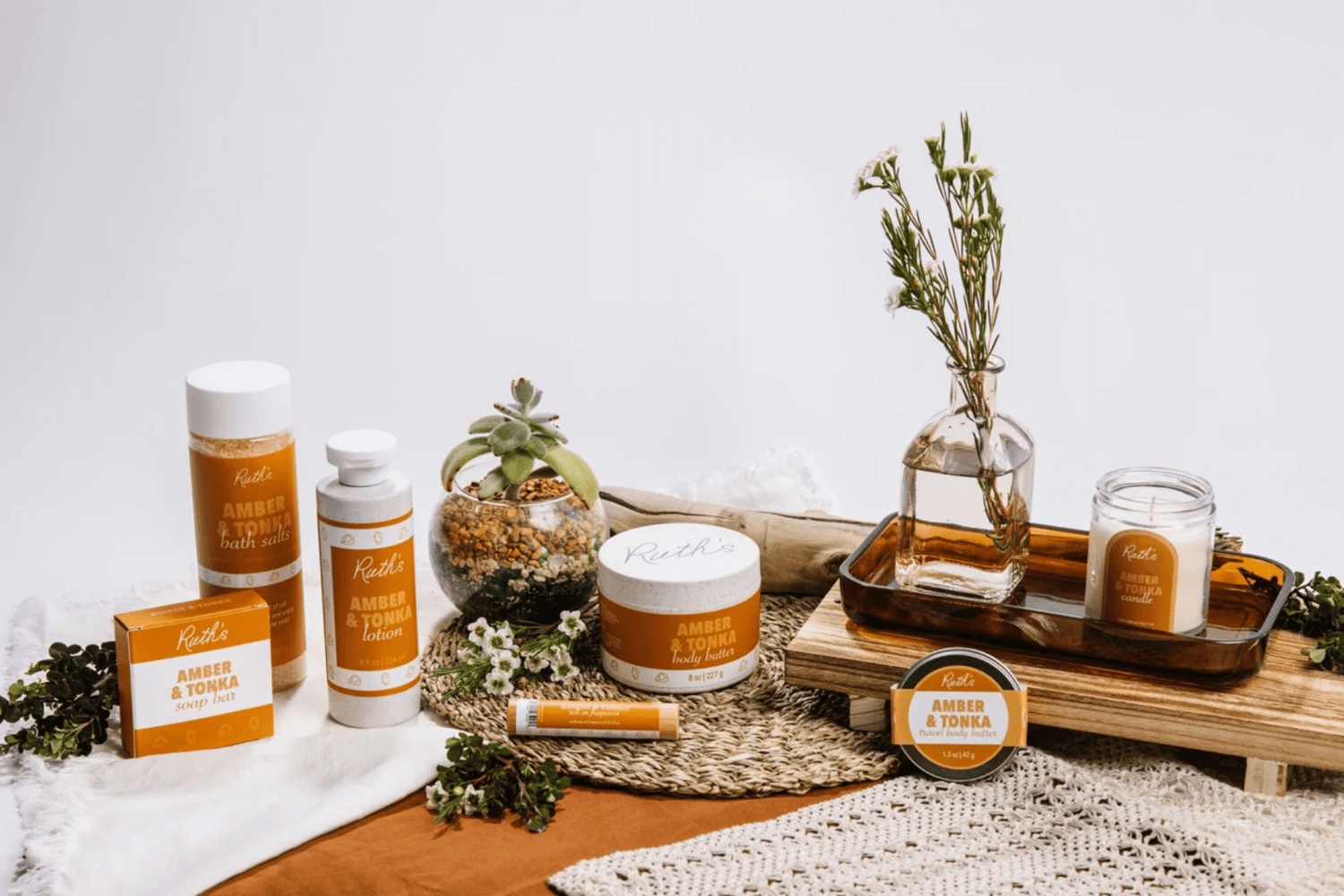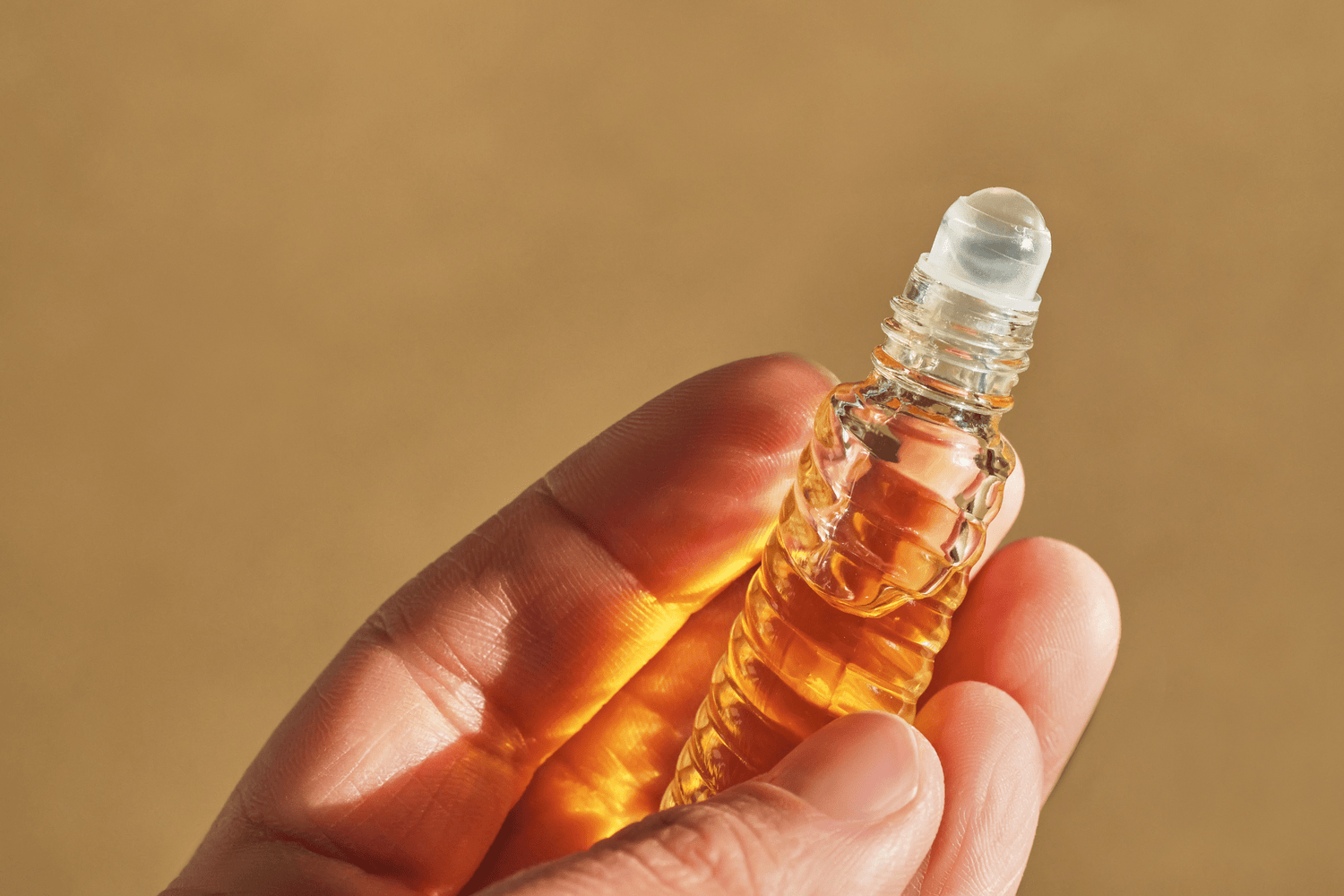Beach sand candles, once a sensation in the 1960s, have undergone quite a transformation. For one, they no longer rely on random shapes formed by pouring wax into sand holes.

Instead, we've refined the technique to create sand candles using everyday objects to create desired shapes. Here's what you need to know to make stunning sand candles at home.
How Do You Make Candles Out Of Sand?
Making beach sand candles refers to using the sand as a vessel or container for the wax. The sand takes the shape of an object of your choice, allowing the wax to take shape and solidify into a beautiful candle.
The process involves pouring melted wax into the prepared sand mold, which provides a unique and textured appearance to the finished candle.
As the wax cools and sets within the sand, it adopts the shape and contours of the mold, resulting in a charming and personalized sand candle.

Step 1: Gathering Your Supplies
Make sure you have all the necessary materials on hand:
- Clean, dry beach sand (alternatively, you can use sand from the craft store)
- Wax or candle wax flakes
- Fragrance oil & wax dye (optional)
- Candle wicks & either hot glue or wick tabs
- Plastic containers or pails (choose one large enough for your mold)
- Objects to shape your mold (bottles, jars, etc.)
- Double boiler or microwave-safe container for melting wax
- Wax thermometer
- Heat-resistant utensils (stirring spoon, skewers)
- Wax paper or newspaper for workspace protection

Step 2: Gathering Beach Sand
The first step in making sand candles is to collect beach sand. Choose a clean and dry area of the beach away from vegetation or wildlife habitats.
Scoop the sand and collect it in a clean container using a sturdy bucket or a small shovel. For a smooth candle texture, ensure the sand is free of debris, such as shells or rocks.
We can't emphasize enough that you must be mindful of the environment while collecting sand. As tempting as it may be while you're strolling the shoreline for sand, avoid taking seashells from the beach.
Every shell plays a role in local ecology, and it can disrupt erosion patterns and harm the local ecosystem when humans take them.

Step 3: Melting, Scenting, And Coloring Your Wax
The first step requires you to follow the manufacturer's directions that came with your candle wax, fragrance, and candle dye squares. We can offer a few suggestions here.
For beginners, paraffin wax is often the easiest to work with due to its lower melting point and availability.
However, if you opt for beeswax, it's important to note that it naturally possesses a warm, golden-yellow hue, which can impact the final outcome when using color dyes.
Consider this unique characteristic as you choose your color palette to achieve the desired results.
Soy wax also works and is incredibly ethical, non-toxic, and sustainable. (Soy wax is vegan, too, if that matters to you).
To test the shade of your wax as you color it, dip a craft stick (it looks like a tongue depressor, you probably used these to make crafts as a kid) and allow the wax to dry for a few minutes.
Your final color will be darker than this, as the wax will be denser once it's poured.
Step 4: Preparing The Mold
Time to get your hands dirty.
Mix the beach sand with water until it's wet enough to pack firmly (think sand castle density). Next, pack the damp sand into the bottom of your plastic container or pail.
Now, it's time to mold the sand around your chosen object. Grab your bottle, jar, or other object with a hollow shape and place it on top of the layer of wet sand.
Begin tightly packing the rest of the sand around the object, keeping it straight and upright as you go. Leave enough of the object sticking out from the packed sand so you can grip it firmly for removal.
Note: Place the narrow side down if you've chosen an object with a narrow side and a wide one. This will reduce the chances your candle breaks when you remove it from the mold.
Slowly remove the object from the mold. Don't get frustrated if the whole thing collapses inward the first time—it happens! Wet the sand a bit more and start over.
Step 5: Inserting The Wick
Cut the wick to the desired length, leaving a few inches longer than the height of your candle. If you're using a wide object, use two wicks for an even burn.
Dip the wick(s) into the melted wax and allow it to dry so it stiffens. Then, use a pencil or similar tool to make a small hole in the bottom of your sand mold. This is where your wick will go.
Place a dab of hot glue or melted wax at the base of the wick and affix it to the center of the sand hole you created. Smooth the sand back over the hole and hold the wick upright until the glue hardens, securing the wick in place.
Alternatively, you can use a wick tab or a wick sticker for easier attachment. Ensure the wick stands straight and centered for a balanced burn.
Step 6: Pouring The Wax
Keep the wick centered and ready to illuminate your candle masterpiece throughout this step. Slowly and steadily pour the wax into the mold, being mindful not to pour too quickly, as this could create an indentation in the sand.
If you're crafting multiple candles, returning the remaining wax to the stove between pours is advisable to maintain its optimal temperature.
Allow the candle to rest undisturbed until it cools completely, ideally overnight, allowing it to solidify fully. Once cooled, carefully remove the candle from the mold.
Step 7: Removing Your New Candle From The Bucket
Remove your candle from the plastic pail. Use a soft paintbrush to gently brush away any loose sand, revealing the true beauty of your creation.
Finally, trim any excess wick and wax at the base using scissors, ensuring a clean and polished finish.

Frequently Asked Questions
How do you make sand art candles?
Sand art candles are a completely different type of candle creation compared to traditional sand candles.
Instead of using sand as a mold or vessel, sand art candles involve layering colored sand within a container to create unique and vibrant designs.
We have a complete guide to sand art candles here.
Can you make candles in the sand?
While making candles in the sand by the beach is technically possible, it's not recommended due to potential safety hazards and environmental concerns.
Leaving hot wax unattended on the beach poses risks, as someone or something could accidentally step into molten wax, resulting in burns or injuries. Moreover, the heat from the wax can cause damage to the surrounding environment, such as scorching the sand or potentially harming wildlife.
Want More DIY Candle Ideas?
Ready to explore another fascinating candle-making project?
Discover the art of creating exquisite wine bottle candles! In our detailed guide, we provide step-by-step instructions on transforming empty wine bottles into stunning and elegant candles that add a touch of sophistication to any space.
Learn about the materials needed, the process of preparing the wine bottle, selecting the proper wick, and pouring the wax. Check out How To Make Wine Bottle Candles here.
Fun & Safe Candle-Making Kits
Kalamazoo Candle Company is proud to offer candle making supplies and kits that the whole family can enjoy.




